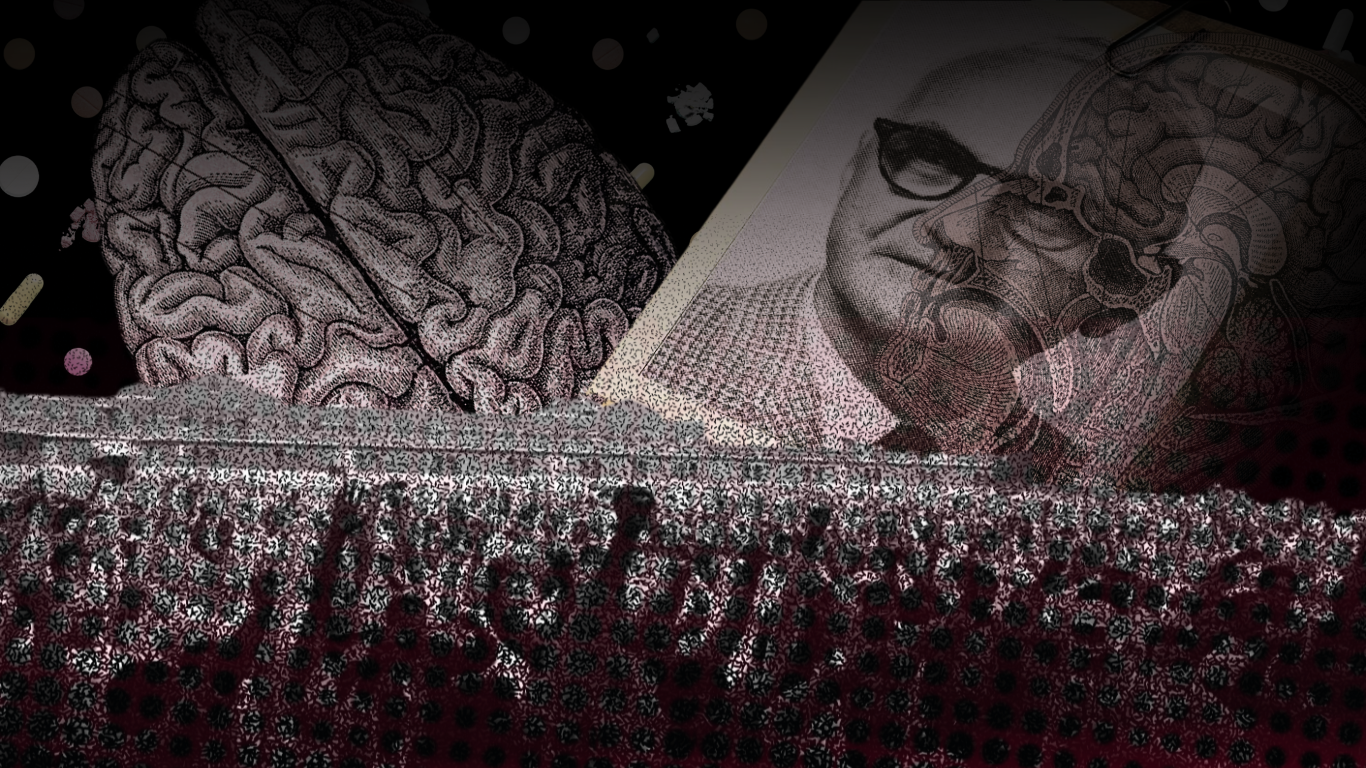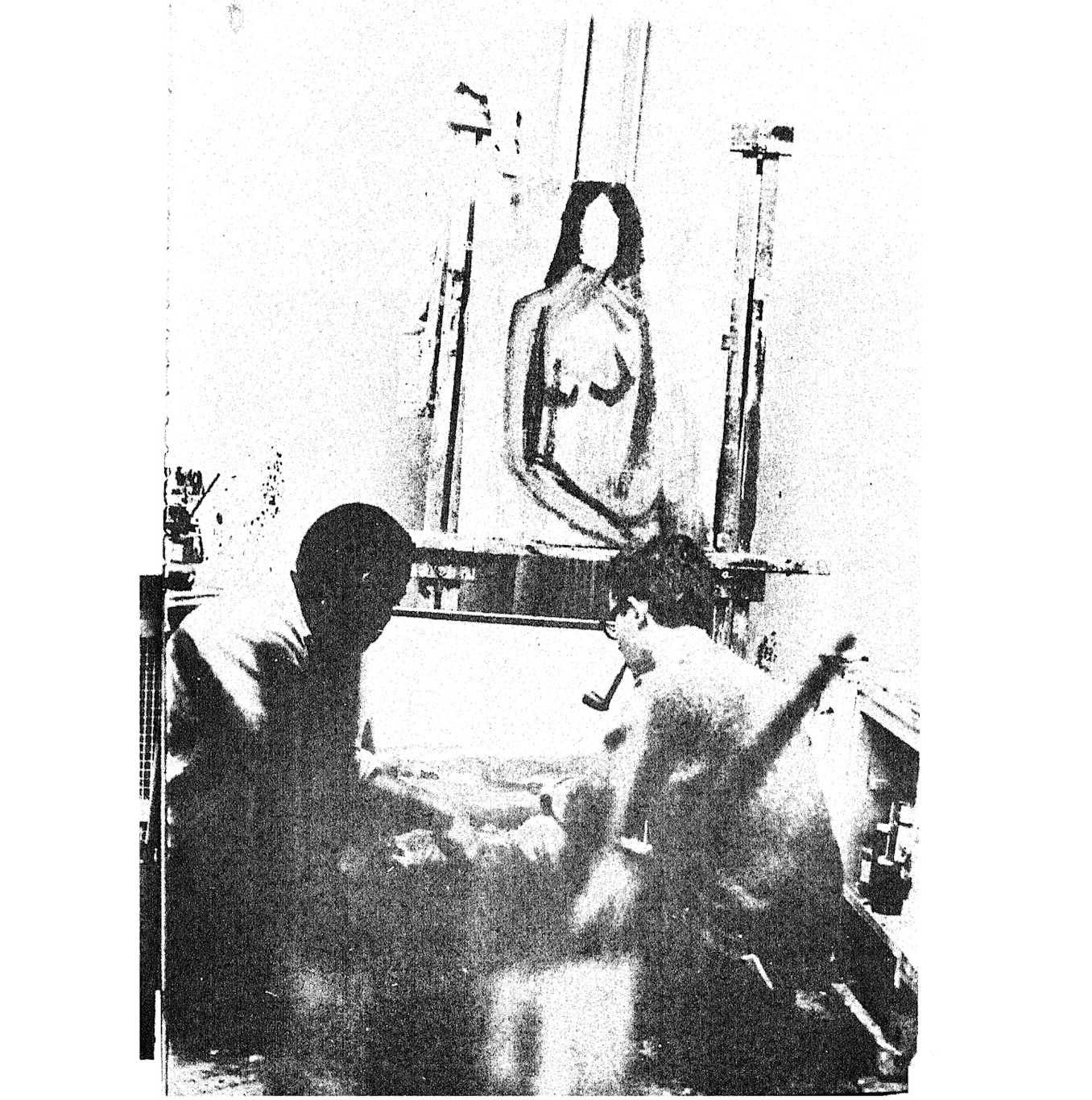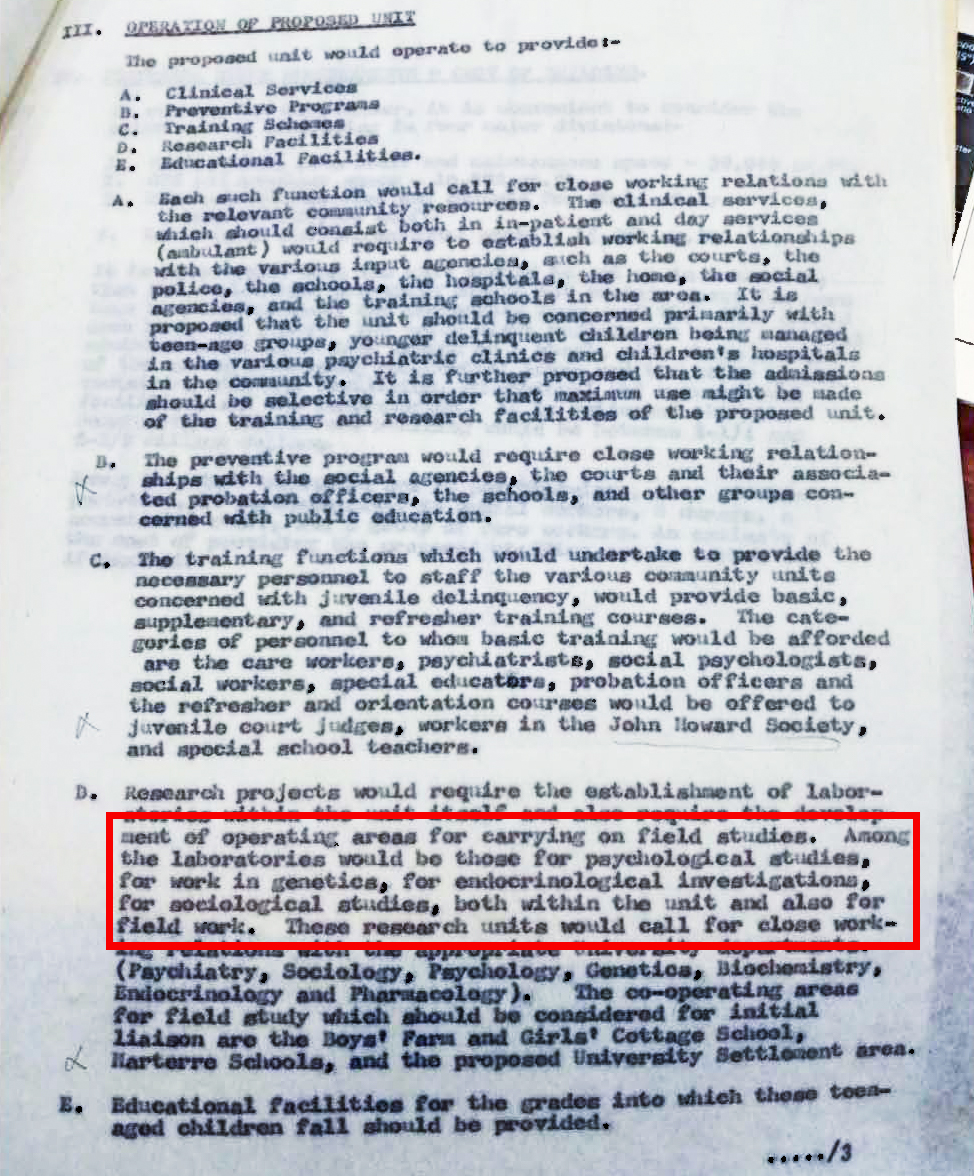from MintPress News:
 In a groundbreaking investigation, renowned anthropologist Orisanmi Burton has blown the lid off a dark chapter in CIA history. Classified Agency files, recently obtained through Freedom of Information laws, expose shocking ties between the infamous MKULTRA program and nightmarish experiments on prisoners of color within the United States.
In a groundbreaking investigation, renowned anthropologist Orisanmi Burton has blown the lid off a dark chapter in CIA history. Classified Agency files, recently obtained through Freedom of Information laws, expose shocking ties between the infamous MKULTRA program and nightmarish experiments on prisoners of color within the United States.
Burton’s findings expose MKULTRA’s sinister mission to develop psychological warfare and behavioral manipulation tactics specifically aimed at people of color under the guise of “counterinsurgency.” Unbelievably, these barbaric trials were conducted during a turbulent era when numerous U.S. government agencies relentlessly sought to crush the civil rights movement, and prisons brimmed with political radicalism.
TRUTH LIVES on at https://sgtreport.tv/
This disturbing revelation puts the CIA’s actions into sharp focus, revealing a ruthless bid to quell Black resistance both on the streets and behind bars. But it doesn’t stop there. Burton’s disclosures raise urgent and profound questions about the far-reaching impact of these operations—both in the past and, unsettlingly, even today.
Among the most haunting questions is whether the Agency actively pursued a race-specific mind control weapon—an idea that strikes at the very core of ethical and moral boundaries.
As the nation grapples with this revelation, one thing is certain: Burton’s exposé demands answers and accountability for the harrowing atrocities committed in the name of national security. The truth must be unveiled, and justice served for those who suffered under the relentless grip of MKULTRA’s clandestine horrors.
“PENETRATION OF DEFENSES”
Of the many medical research facilities abused by the CIA for the purposes of MKULTRA, Allan Memorial Institute, a psychiatric hospital in Montreal, Quebec, looms perhaps the largest and most darkly.
It was here that from 1957-1964, the Agency secretly operated the program’s “Subproject 68” under the leadership of notorious psychiatrist Ewen Cameron, the Institute’s founder. Cameron sought to “depattern” minds via a technique known as “psychic driving.” It entailed drugging unconsenting, unwitting patients with incapacitating cocktails of psychedelic substances, then subjecting them to electric shocks while they listened to hours of recorded, looped audio.
Cameron hoped to render his subjects’ minds a blank slate onto which new behaviors, thoughts, memories, and personalities could be surreptitiously imposed from the outside. It also served the purpose of interrogation. In a 1958 edition of the journal “Psychoanalytic Quarterly,” he boasted this technique could be used for “penetration of defenses, elicitation of hitherto inaccessible material […] changing of attitudes and setting up a dynamic implant.”
A DISTURBING NEXUS: THE ROCKEFELLER CONNECTION
Fast forward to 1966, when then-New York Governor Nelson Rockefeller, whose family foundation played a central role in the establishment of Cameron’s Institute, initiated a chilling partnership. Consultants from McGill University—the Institute’s parent—were brought in to conduct “research” on the “criminally insane” in New York’s prisons. Officially, the mission was to find innovative methods to deter recidivism and understand the causes of criminality through “experimental studies.” But was there more to this collaboration than met the eye?

Coincidentally—or perhaps not—the same period saw a disturbing trend emerge. Black Americans expressing revolutionary views were increasingly labeled as suffering from severe mental health conditions. Psychiatrist Jonathan Metzl’s groundbreaking work, “The Protest Psychosis,” uncovered how medical research articles began portraying “Negro men” as having a uniquely dangerous form of schizophrenia compared to their “White” counterparts.
Come 1968, the American Psychiatric Association’s Diagnostic and Statistical Manual of Mental Disorders underwent an alarming update, adding “hostility” and “aggression” as prominent symptoms of schizophrenia. The implications were profound: civil rights activists daring to resist were at risk of being diagnosed and institutionalized. Prisoners refusing to bend to oppressive jail regimes could be conveniently labeled as “criminally insane.”
A PLAYGROUND FOR DISTURBING EXPERIMENTS
Nestled 25 miles from New York’s northern border with Quebec, the infamous Dannemora State Hospital for the Criminally Insane took center stage in Rockefeller’s ominous initiative. At the helm of this partnership was Canadian psychiatrist Bruno Cormier, a longtime clinician at the Allan Memorial Institute during the 1950s and 60s. Together with the notorious Ewen Cameron, they hatched a chilling plan for a “Pilot Centre for Juvenile Delinquency”—a place that would delve into the darkest corners of human behavior.
The envisioned center would include laboratories “for psychological studies, for work in genetics, for endocrinological investigations, for sociological studies.” Cormier was particularly keen for the institution to “bring light on behavioral problems” and “bridge the research gap between juvenile delinquency and adult criminality.” Dannemora State Hospital represented an opportunity to achieve these objectives via other means.

By 1969, McGill consultants, under the guise of “training,” had transformed prison guards into practitioners of hypnosis and aversion therapy techniques. One grim “therapy” session was subsequently sketched by an observer:
Correctional officers [became] therapists. It is an admirable undertaking to make them semi-professionals, but I have seen these former correctional officers practice aversion therapy with prisoners. The prisoners start gagging as they retrace the steps of their crimes. The scene was quite revolting both for those who watched and those who took part, yet there is still no evidence that anybody has been cured.”
In 1990, Dr. Douglas Lipton, director of the Narcotic and Drug Research Institute, exposed Dannemora’s chilling mission to obliterate inmates’ identities and mold them into obedient pawns. In testimony to Congress, he laid bare the devastating efficacy of these efforts, which left an indelible mark on the lives of those they ensnared.
Behind closed doors, Bruno Cormier reached out to every prison warden in New York state, urging them to send their most hardened offenders to become subjects of this wicked venture. The wardens were more than willing to comply, eager to rid themselves of their most problematic inmates.
Assembling a group of 50 of the most troubled souls—described by Dr. Lipton as “the worst group you had ever seen”—the Allan team subjected them to a year of MKULTRA torture. The torment they endured stripped them down to their very cores, leaving them vulnerable to resocialization attempts bordering on mind-altering manipulation.
A year after being released from Dannemora, following a year of treatment, just two had returned to the facility. The rest, it seems, had been successfully reduced to “blank slates”, as Cameron originally sought, and their minds successfully reprogrammed from the ground up. Dr. Lipton concluded:
What it does is it takes you back to kind of a kindergarten level and then brings you back up.”
“BEHAVIOR MODIFICATION FOR POLITICAL ENDS”
Echoes of Cameron’s infamous “psychic driving” likewise emerged in the disturbing research of McGill psychologist Ernest G. Poser. Delving into patient reactions under methohexitone-induced sleep and cross-cultural differences in pain tolerance, Poser’s chilling methods didn’t spare inmates, and they were subjected to unimaginable horrors in the name of research.
His work frequently employed “deceptive means and what seemed like torture instruments,” including a blood pressure monitor “with sharp, hard rubber projections sewn into the pressure cuff,” which he used to test a patient’s “pain tolerance.” He was among the McGill specialists tasked with experimenting on inmates in New York state. In 1968, he probed whether prisoners deemed “sociopaths” suffered from an adrenaline deficiency, preventing them from learning cautionary lessons from “fear-producing experiences.”




